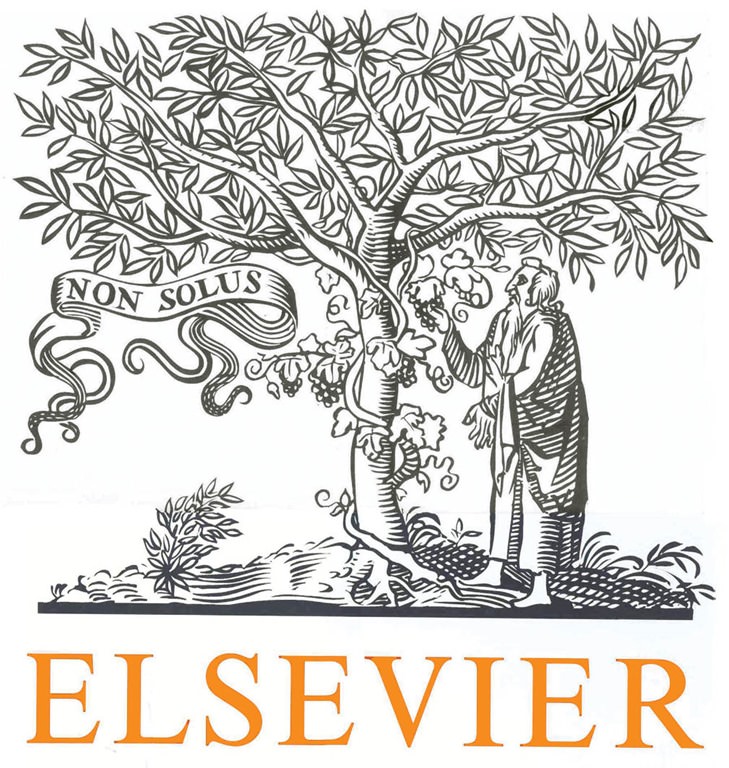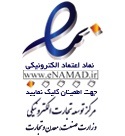6. Conclusions
Social media use has emerged in recent years as an important way for organizations to communicate with customers, investors, employees, and other stakeholders. As technology continues to advance, the importance of social media cannot be understated. While organizations benefit from social media, they are only starting to become aware of the risk associated with its use in the workplace (DiStaso and McCorkindale, 2013; Larcker et al., 2012; Russell Herder and Ethos Business Law, 2009). The practitioner literature suggests that a majority of organizations may be following a reactive approach to social media risk management, as opposed to the proactive approach indicated by risk management best practices (Larcker et al., 2012; Scott and Jacka, 2011). However, there is little academic research addressing this issue. To close this gap, this paper develops and tests a set of hypotheses based on the assumption that organizations follow a reactive approach to managing their social media risks. Drawing from the risk management principles of the ERM-IF, we develop a model that incorporates four components: (i) social media use, (ii) the perceived risk of use, (iii) policy implementation, and (iv) training and technical controls. We tested the model by surveying risk management, audit, and finance professionals. Results from 98 participants confirm predictions that social media use increases the perceived risk of use, the perceived risk of use moderates the effect of social media use on policy implementation, and that policy implementation increases the extent of social media-related training and technical controls.








